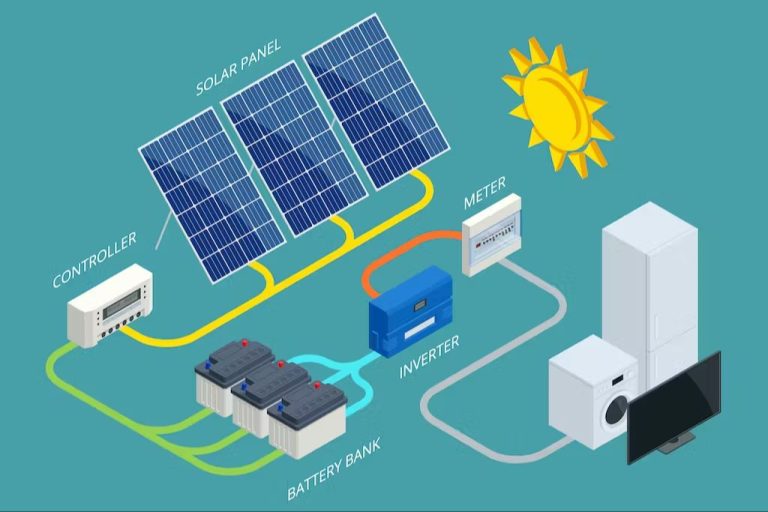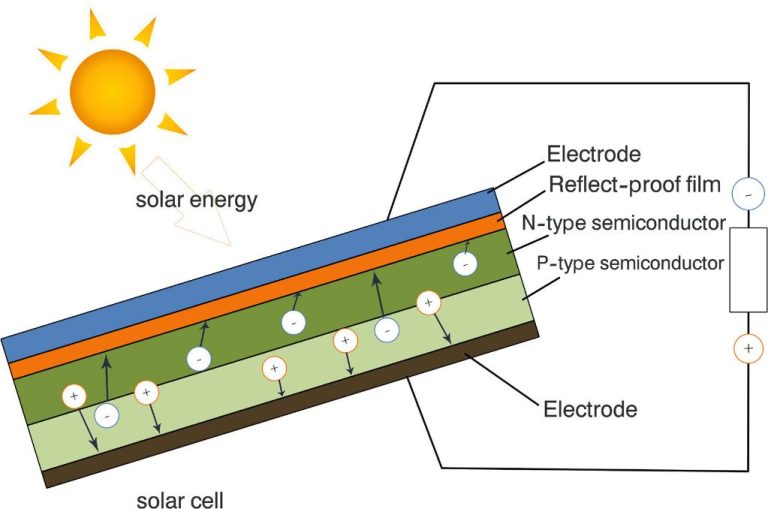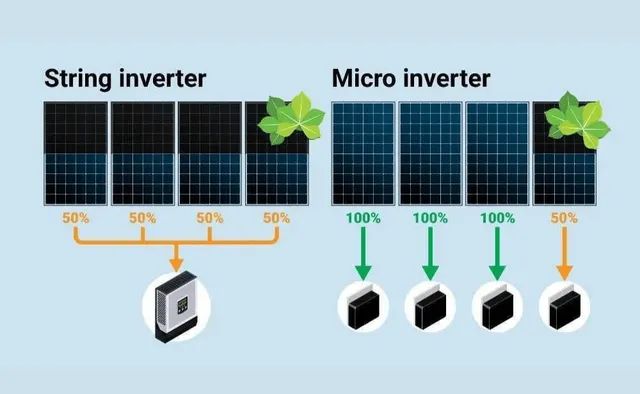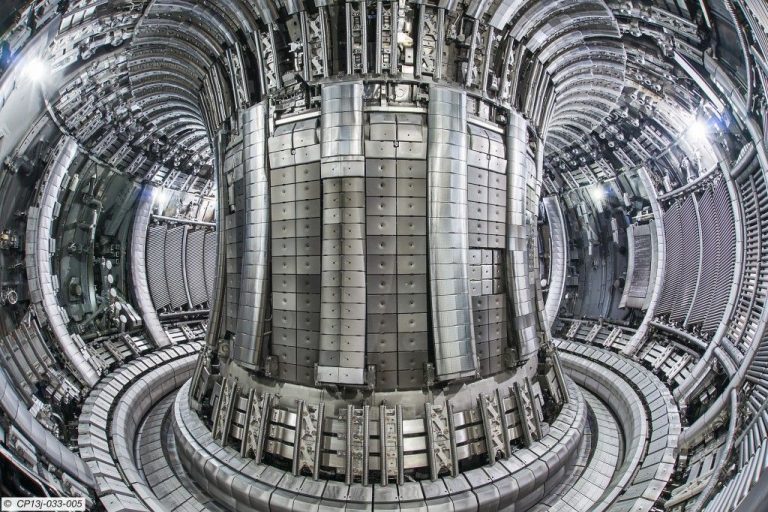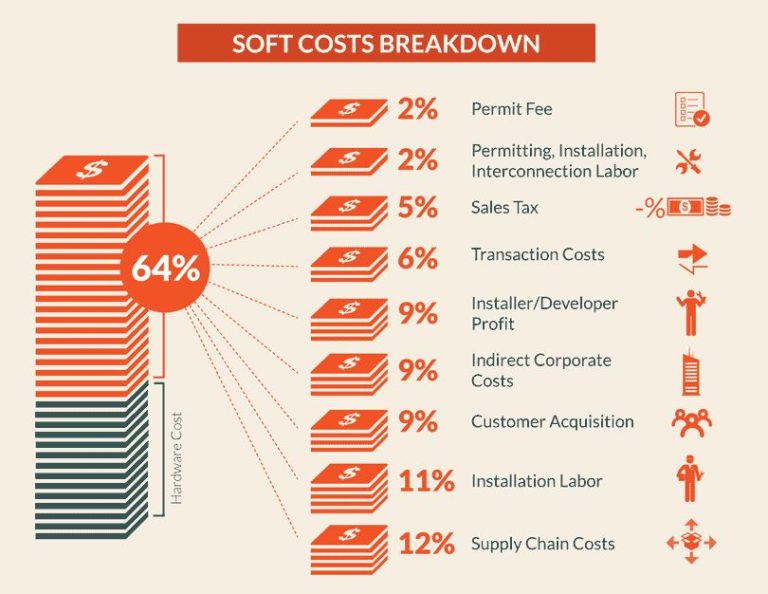How Can I Use My Solar Panels For Energy?
Solar panels have become an increasingly popular way to generate clean, renewable electricity at home. Installing solar panels on your roof allows you to harness energy from the sun and reduce your dependence on the grid. Solar energy provides a sustainable alternative to fossil fuels and also lowers your electricity bills. With federal and local incentives, solar panels are more affordable than ever. This guide covers the key steps for successfully using solar panels to power your home.
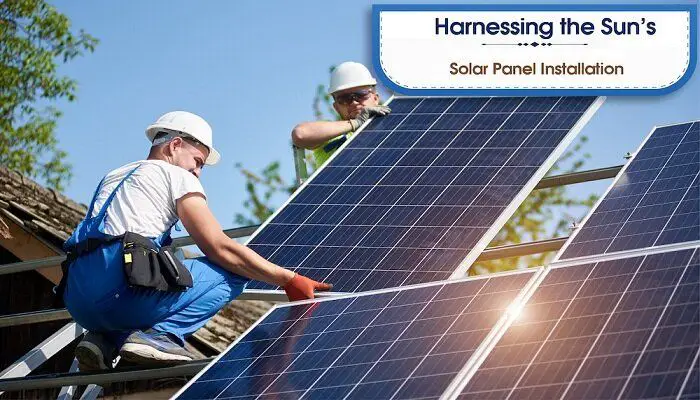
Assess Your Energy Needs
Before installing solar panels, it’s crucial to analyze your home’s energy usage to determine the number of solar panels needed to offset that demand. Taking stock of your monthly kilowatt hours provides key data to properly size your system.
Review at least one full year of electric bills to calculate your average monthly energy consumption. This accounts for seasonal fluctuations, when usage is higher in summer months and lower in winter. Determine which household appliances and devices require the most energy through an energy audit. High-demand equipment like electric vehicle chargers, air conditioners, pools, and hot tubs impact solar requirements.
Understanding your energy profile allows you to calculate the number of solar panels needed to produce enough kilowatt hours for your unique situation. A system that covers the full energy demand enables maximum savings on electricity bills. Accurately sizing a solar array also prevents overbuilding, which wastes money without providing extra benefit. Proper planning and analysis in this first step lays the groundwork for an efficient, cost-effective solar installation.
Choose a Solar Panel System
There are various solar panel system configurations to consider based on your goals, location, and budget.
Grid-tied systems are connected to the utility grid, allowing you to send excess solar energy back to the grid. This is the most common residential setup. Grid-tied systems don’t provide backup power during grid outages.
Off-grid systems operate independently from the grid and require battery storage to supply power when the sun isn’t shining. They are more complex and costly but provide greater energy independence.
Hybrid systems are connected to the grid but also have battery storage for backup during outages. This combines the benefits of being grid-connected with the security of having emergency power supply.
Compare the pros and cons of each system type. Factors like net metering policies, electricity rates, climate, and budget will help determine the optimal system design for your home.
Determine the Number of Panels
To determine how many solar panels your home needs, you’ll need to calculate your energy requirements and the wattage produced by each panel.
First, look at your monthly electricity bills for the past year and determine your average monthly usage in kilowatt-hours (kWh). This represents the amount of electricity you need your solar panel system to produce.
Next, check the wattage rating for the solar panels you plan to install, which can typically range from 250-400 watts. Divide your average monthly usage by the wattage of your panels. This will tell you how many panels you need to meet your energy needs.
For example, if your average monthly use is 1,000 kWh and your panels are rated at 300 watts, you would need 1,000 / 300 = 3.33 panels. Round up and plan to install 4 panels.
Make sure to account for future energy needs too. If you expect your usage to increase in the next few years, get extra panels now to handle the additional load.
Installing more panels than required will also provide excess energy that can be sent back to the utility grid.
Select a Location
When selecting a location for your solar panels, there are a few key factors to consider:
Rooftop vs. Ground Mount
Rooftop solar panels are installed on the roof of your home or building. This is the most common location for residential systems. Ground mount systems are mounted into the ground, usually in an open area near your home. Ground mounts are more common for larger commercial solar arrays.
Sun Exposure
Solar panels need direct sunlight to generate electricity, so pick a location with full, unshaded sun exposure throughout the day. An angled rooftop facing south gets the most sunlight in the northern hemisphere. Obstructions like trees or other buildings can cause shading and reduce output.
Roof Type and Condition
Solar panels can be installed on most roof types, but a composition asphalt shingle roof is generally easiest. The roof must be in good condition to support the additional weight of the panels. Older roofs may need reinforcing.
Area and Layout
Determine how much roof or ground area you need for your desired number of solar panels. The panels should be laid out together, not mixed among different roof sections. Leave sufficient space between panels and around the edges of the roof.
Local Zoning and Homeowner Association Rules
Check local zoning laws and HOA rules regarding solar installations. Rooftop panels are generally permitted, but ground mounts or larger systems may have restrictions.
By evaluating these factors, you can select the ideal location to maximize solar production from your panels.
Install the System
Installing a solar panel system involves several key steps. First, the mounting structure needs to be assembled and secured in the determined location. This provides the base for the panels to be mounted on. Once the structure is in place, the solar panels can be mounted to it securely, typically using clamps or rails. The panels need to be oriented properly to maximize sun exposure.
Next, the electrical connections need to be made. The solar panels are wired together in series to form ‘strings’. These panel strings are then connected to an inverter, which converts the DC electricity from the panels into usable AC electricity. Conduit and wiring need to run from the panels to the inverter. The system wiring is then connected to the home’s breaker panel.
A critical part of the installation process is inspections. Local building codes typically require permits and inspections for solar systems. The installer will need to acquire the necessary permits and coordinate inspections at key points, such as the rooftop structure, electrical connections, and final hookup. Passing these inspections is required before the system can be activated.
Proper installation by a qualified solar contractor ensures the system meets all code and safety requirements. It also guarantees optimal performance and the manufacturer’s warranty. DIY installations are not recommended for solar panel systems. The process requires expertise in roofing, electrical, and construction practices.
Connect to the Electrical System
To get the most out of your solar panels, you’ll need to connect them to your home’s electrical system. There are two main options for connecting solar panels – grid-tied or off-grid.
Grid-Tied Solar
Grid-tied solar panels are connected to your existing electrical grid and your local utility company. The solar panels feed any excess electricity they generate back into the grid, which earns you credits on your utility bill through a process called net metering. Grid-tied systems are the most common type for homes already on the grid.
With grid-tied solar, you don’t need any batteries because the grid essentially serves as your backup. When your solar panels produce more electricity than you need, the excess gets fed into the grid. When you need more power than your panels are generating, you can pull electricity from the grid.
Off-Grid Solar
Off-grid solar panel systems operate independently of the electrical grid. For an off-grid system, you’ll need batteries to store excess electricity for use when your panels aren’t actively generating solar power. This makes off-grid systems more expensive upfront.
Off-grid solar makes sense for remote homes and cabins not connected to utility lines. Going off-grid means you don’t have to rely on the electrical grid for power. But you’ll need to carefully size your solar array and batteries to meet your electricity demands.
Make sure to consult a solar installer to determine whether grid-tied or off-grid solar is right for your home.
Maintain the System
Maintaining your solar panel system is key to maximizing its efficiency and lifespan. Here are some tips for properly caring for your system:
Clean the Panels
Dirt, dust, snow, and other debris can accumulate on solar panels, blocking sunlight and reducing energy production. Clean panels every few months with a soft brush and mild detergent. Avoid abrasive sponges or high-pressure sprays which could damage the panels.
Inspect for Damage
Inspect panels and electrical components annually for cracks, loose wires, corrosion etc. Repair minor issues immediately to prevent bigger problems. Replace damaged parts when needed.
Trim Overhanging Trees
Overgrown trees can end up shading your solar panels, reducing their sunlight exposure. Trim back any branches or trees that have grown to cast shadows on your panels.
Upgrade Inverters
Inverters convert the DC power from solar panels into usable AC power for your home. As inverter technology improves over time, upgrading to a newer more efficient inverter can boost your solar energy production.
With regular maintenance and care, your solar panel system can operate optimally for decades.
Leverage Financial Incentives
There are many financial incentives available to help offset the upfront costs of installing solar panels. Taking advantage of these can make going solar much more affordable.
The federal government offers a 26% tax credit for installing solar panels on your home. This tax credit applies to both the cost of the panels and the installation. There is no cap on the amount you can claim.
Many local and state governments also offer additional rebates and incentives. For example, some utilities offer a rebate per watt of solar capacity installed. And several states have adopted net metering policies, which allow you to sell excess electricity back to the grid.
Research incentives available in your area. Often you can apply for these through your utility company or local government. The Database of State Incentives for Renewables and Efficiency is a great resource to find incentives by state.
Also look into any local solar group buy programs, which can offer discounted rates for bulk equipment purchases. And don’t forget the long-term savings from reduced electricity bills.
Leveraging these financial incentives can cover 25-50% or more of your solar panel system costs. This can make the return on investment that much faster.
Conclusion
Solar energy provides a clean, renewable source of electricity that reduces reliance on fossil fuels. As outlined, utilizing solar panels to generate your own energy involves assessing your needs, choosing the right system, finding an optimal location, installation, connecting to your electrical system, and ongoing maintenance. With careful planning and consideration of available incentives, solar energy can provide environmental and economic benefits for your home or business.
The key takeaways are determining the number of solar panels needed based on your energy consumption, selecting high-efficiency panels suited for your climate and installation site, positioning them optimally, and safely integrating with your existing electrical system. Proper installation and maintenance ensures your solar energy system performs efficiently for years to come. With rising energy costs, investing in solar panels can provide long-term savings on your electric bill as well as energy independence and stability. As more homes and businesses adopt renewable solar energy, collectively we can reduce environmental impact and build a sustainable energy future.

